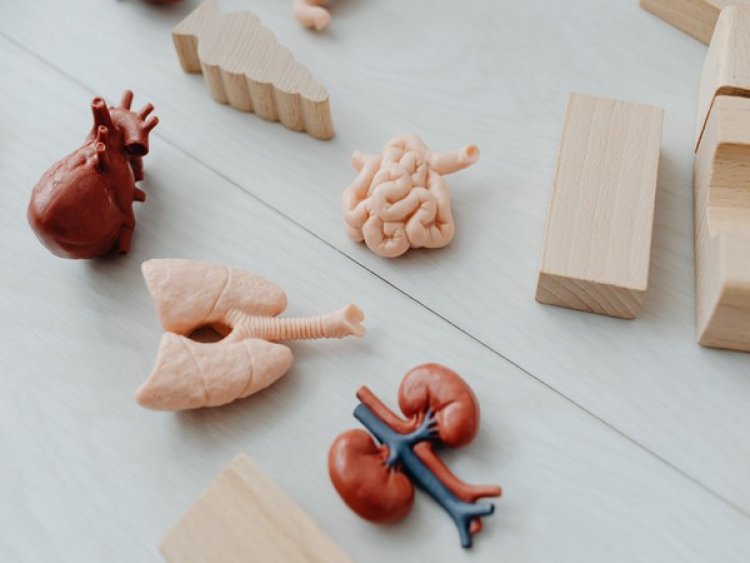New treatment could increase number of lung donors

Lund, Sweden: Donated lungs in vast quantities cannot be transplanted. Researchers at Skane University Hospital and Lund University in Sweden completed an animal study that raises the possibility of using more donor lungs in the future. To determine whether the treatment will have the same favourable impact on people, the researchers have started a pilot trial.
In Sweden, about 190 organs are donated annually. Only around 30% of the lungs can be used for transplantation due to lung damage. In addition, a significant portion of patients dies within five years after transplantation, which raises the mortality rate.
According to Sandra Lindstedt, senior consultant in thoracic surgery at Skane University Hospital and adjunct professor at Lund University, "the results from our study indicate that a certain treatment can help us use a larger part of a donor's lung and that there is an improved outcome during the first two days after surgery."
The researchers examined the results of lowering the cytokine concentrations in the lungs of pigs in their investigation. Small proteins known as cytokines are created by particular immune system cells.
Before the transplant, the lungs' capacity was diminished, resulting in acute respiratory distress syndrome (ARDS). As a result, the lungs suffered damage like those of human donor lungs. Ten of the instances involved treating the donor lung, either before and after the transplant or just after. The control group consisted of six cases and received no therapy.
The findings demonstrate that the lower levels of cytokines were responsible for the lung function returning to a higher level than previously. Additionally, Sandra Lindstedt notes, "We could tell that the lungs were working better after the transplant and those complications within the first 48 hours after transplant was reduced.
At Skane University Hospital in Lund and Sahlgrenska University Hospital in Gothenburg, about 50 to 60 lung transplants are carried done annually. The new treatment is expected to result in an increase in the number.
This won't work on every donor's lung, but if we can use it on some of the donor's lungs that are currently discarded, it might have a significant impact on the lives of those who are waiting for transplants. We want to provide the groundwork for more patient survival," Sandra Lindstedt explains.
A specialized facility was established within Skane University Hospital's Department of Cardiothoracic and Vascular Surgery, Anaesthesia, and Intensive Care in order to carry out the study. All of the study-related competencies were gathered in the unit.
Without the significant contributions of numerous clinical specialities, including thoracic surgeons, anesthesiologists, perfusionists, operating room nurses, and anaesthesia nurses, this study would not have been possible.
The findings of the study, which were published in Nature Communications, served as the foundation for a recent clinical pilot study.
At Skane University Hospital in Lund, we have begun enrolling the first patients in the pilot trial. The total number of transplants in the trial is 20, half of which will receive treatment to lower cytokine levels while the other half will receive standard care. The trial will be expanded to include 120 transplants nationwide if we see promising results, Sandra Lindstedt said. The findings of the study, which were published in Nature Communications, served as the foundation for a recent clinical pilot study.















































